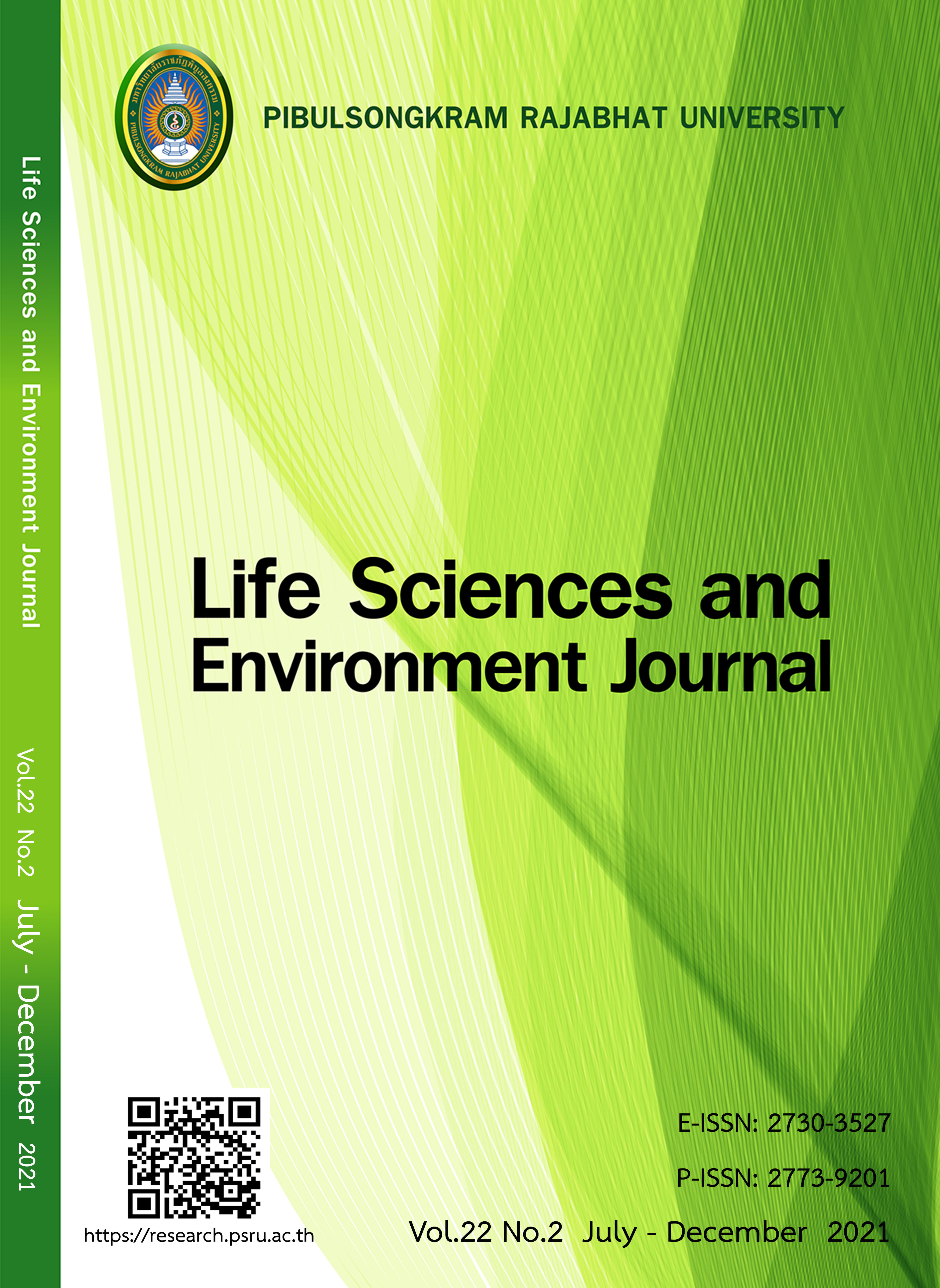EVALUATION OF TIME-DEPENDENT PERFORMANCE FOR THE 10,000-METRE MINI MARATHON RUNNER VIA NEWTON’S SECOND LAW OF MOTION
DOI:
https://doi.org/10.14456/lsej.2021.19Keywords:
Velocity, Correlation, EnduranceAbstract
This paper we are purposed to develop motion models for the 10,000-metre mini marathon runner. We calculated velocity depend on time and force parameter for the runner. We showed results comparison of velocity from running record data and theoretical mathematics and physics model. We can be used evaluation of model for the 10,000-metre runner by the method of Newton’s second law and differential equations. We collected experiment data from IAAF World Athletics Championships Doha 2019 10,000-metre men final round results record and use data to fine velocity and time parameter for runner and used Mathematica program to fine initial velocity, endurance coefficient and coefficient drag force parameter with motion models. An initial force that refine from model 1 are higher than from model 2 and 3 respectively. The endurance coefficient parameter are lowest in model 1 but highest in model 2 and the coefficient drag force parameter from model 3 less than model 2 and 1 respectively. Correlation coefficient by the experiment data and motion model 2 is 0.871605 more than model 3 (0.870055) and model 1 (0.86942).
References
Begizew DM, Grace JM, Van Heerden HJ. Lower-extremity running-related injuries among 10,000-meter long distance runner in Ethiopia. Journal of Human sport and Exercise 2018;14(2):358-373.
Bruce E, Tim A. Biomechanical effects of fatigue on 10,000 Meter running technique. Research quarterly for exercise and sport 1981;52(2):160-166.
Helena O, Yamashita MT. The force, power, and energy of the 100 meter sprint. American Journal of Physics 2010;78(3):307-309.
Joseph BK. A theory of competitive running. Physics Today 1973;26(9):42-47.
Pietro E. di Prampero, Alberto B, Cristian O. The energy cost of sprint running and the role of metabolic power in setting top performance. European Journal of Applied Physiology 2014;115(3):451-469.
Tiago MB, Pedro F, Daniel AM. Victor MR. Comparison of the world and european records in the 100m dash by a quasi-physical model. Procedia Engineering 2016;147(1):122-126.
Tibshirani R. Who is the fastest man in the world?. The American Statistician 1997;51(2):106-111.
Jalilian P, Kreun PK, Makhmalbaf MM, Liou WW. Computational aerodynamics of baseball, soccer ball and Volleyball, American Journal of Sports Science 2014;2(5):115-121.
Keokhumcheng Y. A study of drag force on single cylindrical bodies in open channel flow. UTK Research Journal 2020;14(1):75-90.
Hutem A. Evaluation of the theory mathematics modeling of velocity function of time via the applied force time-dependent cosine oscillation of Usain Bolt in 100 meter sprint. Journal of Physical Education and Sport 2019;19(2):369-375.
Hutem A, Chansrakaew A, Sornchai T, Hutem S. Comparison of the mathematics and physics models fitting of velocity time-dependent for Usain Bolt in the 100 metres sprint. Journal of Biomimetics, Biomaterials and Biomedical Engineering 2017;31(11):11-21
Downloads
Published
How to Cite
Issue
Section
License
Each article is copyrighted © by its author(s) and is published under license from the author(s).










